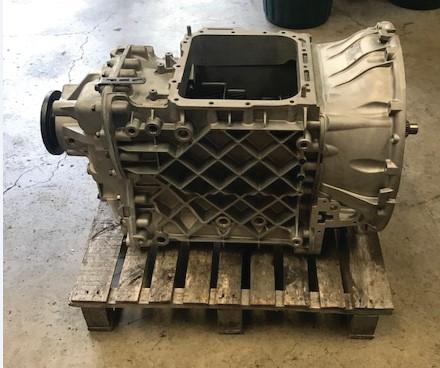
3 minute read
Carrot vs stick approach is worth a fresh look
while the vehicle to detect under or over-inflation, sensors to warn of the presence of pedestrians or cyclists at low speed, and detectors for drowsiness or inattention.
THE announcement that a new Australian Design Rule will make reversing technology mandatory in all new vehicles in Australia, including trucks, from 2025 shouldn’t have come as a surprise.
Reverse cameras and cameras have been a required safety feature in all new American-made vehicles since May 1, 2018.
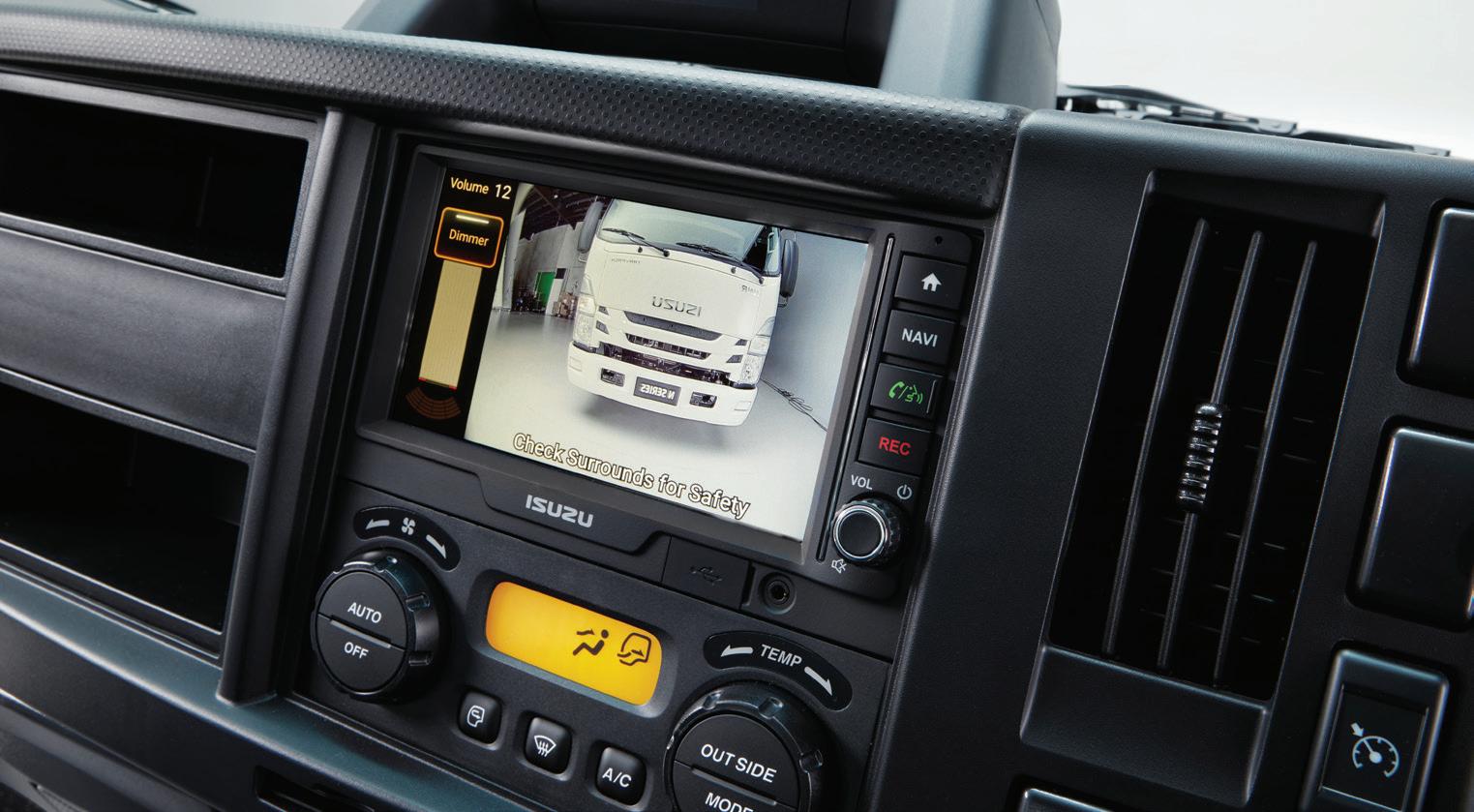
In Europe, they’re taking things a step further, and all vehicle registrations must comply with a new road safety directive, the General Safety Regulation (GSR), from July 2024.
The GSR mandates that every truck and bus registered in Europe by vehicle manufacturers must include eight specific automatic driver assistance safety features.
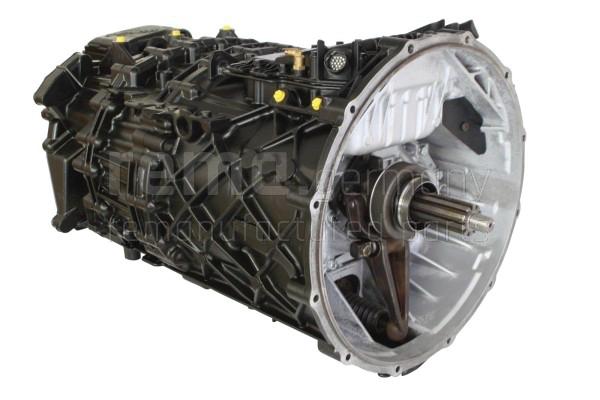
They include constant monitoring of all tyre pressures
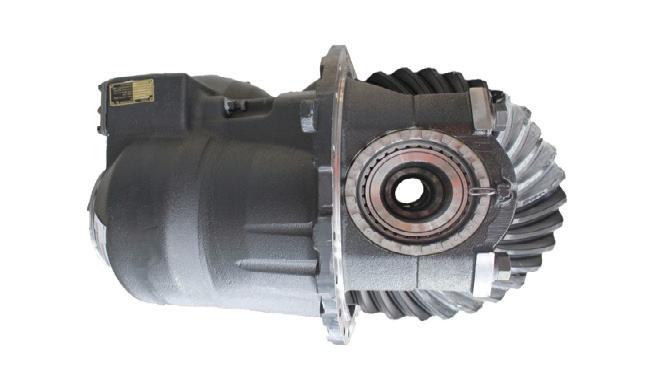
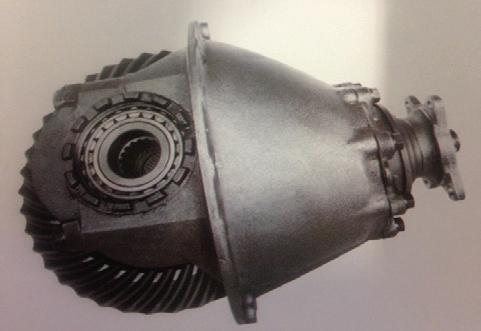
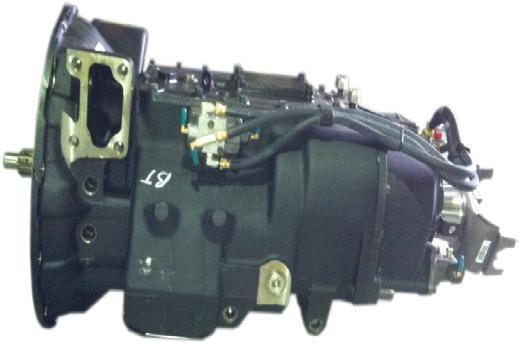
An alcohol Interlock system, and intelligent speed assistance that uses cameras and GPSlinked map databases are two more controversial mandated inclusions.
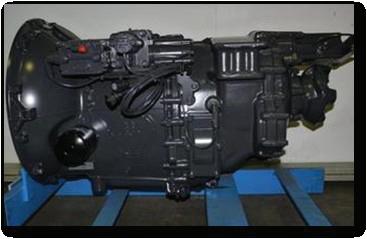
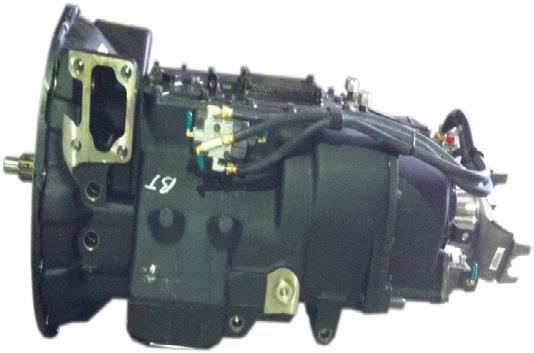
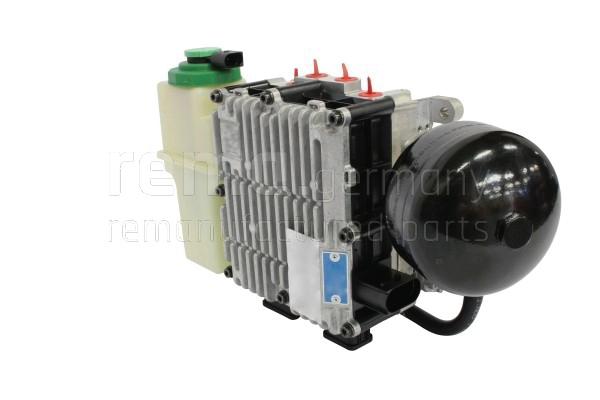
Safety is always a hot topic in our industry.

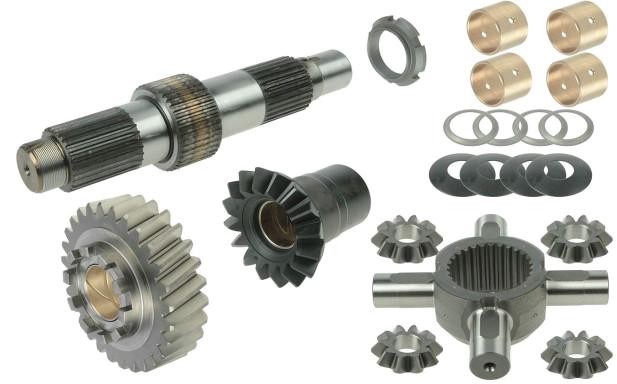
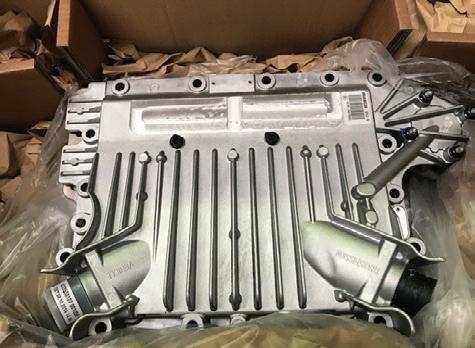
I’d argue that truck drivers are the most safety-conscious people on Australian roads. How can you be otherwise when you’re confronted daily by potentially hazardous situations brought on by drivers of light vehicles that are far more manoeuvrable over short distances?

The figure varies from year to year but in 80-90 per cent of fatal crashes involving a truck and a car, the light vehicle driver is at fault.
For some years in Australia, arguments have raged in road safety circles about the wisdom of making reversing technology compulsory.
Some experts contended that the tech would lull drivers into a false sense of security.
In no way do reversing cameras take away the need for pedestrians to be aware of how to behave when near a heavy vehicle.
If reversing cameras create another layer of safety in interactions between people and trucks, we should be all for them.
The last NSW election was notable in that both Labor and the Coalition argued the respective merits of allowing motorists to be credited with a demerit point after a period of unblemished driving, or for cleanskins to be excused penalties for low-level infringements upon appeal.
It raises the question of whether clever use of a carrot can have more of an impact than a stick.
Professor Steven Greaves of Sydney University’s Institute of Transport and Logistics Studies wrote an article a few months ago about driver behaviour and asking if it could be improved by offering incentives.
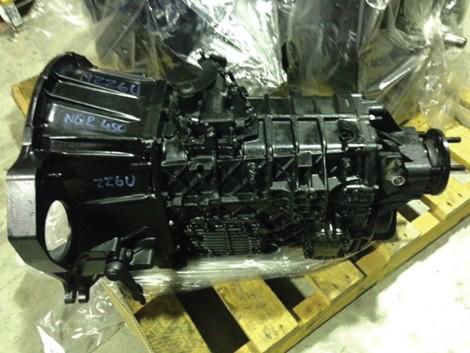

He cited a 2010 trial in which three-quarters of Australian motorists reduced their speed when part of an incentive scheme that paid a few cents for every kilometre spent under the speed limit.
Professor Greaves wrote:
“While government efforts to incentivise better driving behaviour will likely continue to be met with scepticism due to their overtly political undertones, insurance companies competing for market share face no such constraints.
“Incentive-based products, where motorists can earn rebates back on their premiums, based on demonstrating ‘good’ driving captured through an in-vehicle tracking device are widely available overseas.”
Light vehicle drivers aged 18-25 are the highest risk, highest premium, most under-insured group on our roads. The only policy premium reductions available to them in Australia are for kilometres driven.
Professor Greaves reckons this is the chance for state governments to step in and offer incentivised discounts on mandatory CTP Green Slips and I can only echo him.
Maybe there’s an angle for heavy vehicle drivers as well.
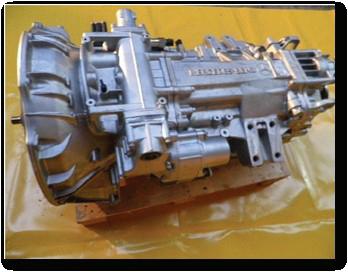
Given their safety focus and the fact that most fatal collisions are down to motorist behaviour, proportionate incentives for reduced premiums for truck policies make sense for drivers who have a clean record and spend large amounts of time behind the wheel.


THIS article is the ending of an era for the transport industry with the demise of this magazine under the restructure and rationalisation of News Corp
It is a sad day for all of us in the industry as Big Rigs magazine has been a part of our lives for almost 30 years.
For some, their entire careers so far.
It will leave huge gap as the editors and staff have supported the industry, provided fair and rational debate and given everyone a fair say in industry doings to all, as well as stories, pictures and news of our people, our trucks and our unsung heroes.
Our lives will be the poorer for its demise; being a columnist for Big Rigs for the past year and half has allowed me to fulfil yet another childhood dream, to write, and it has given me great pleasure and I hope it has at least been enjoyed by some.
While so many are focused on the negatives of the industry, I have tried to focus on the

